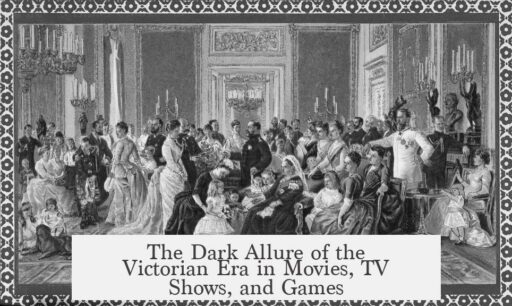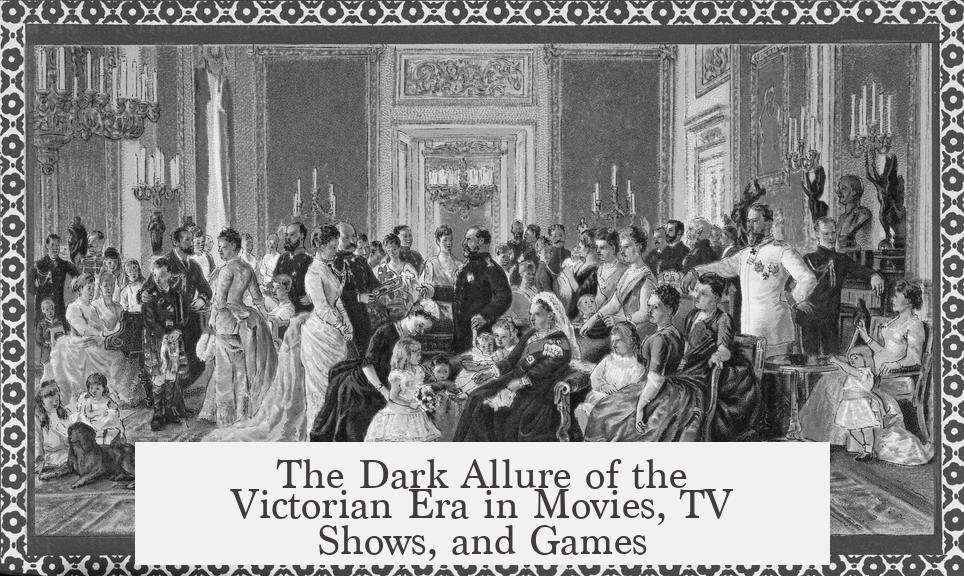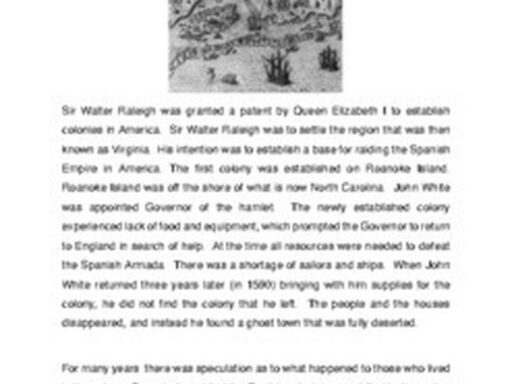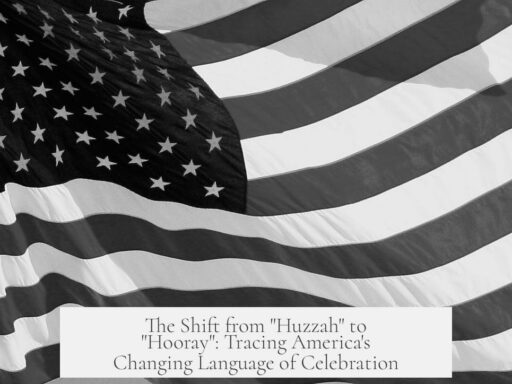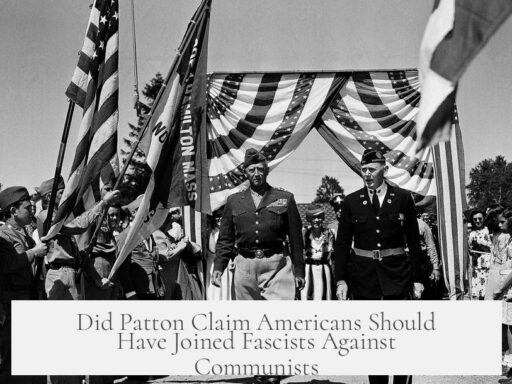The Victorian era is often depicted as dark and macabre in movies, TV shows, and games because of its historical context, cultural phenomena, socio-economic realities, and the strong influence of Gothic literature and aesthetics. These factors combine to create a layered and vivid picture that media creators find rich for storytelling.
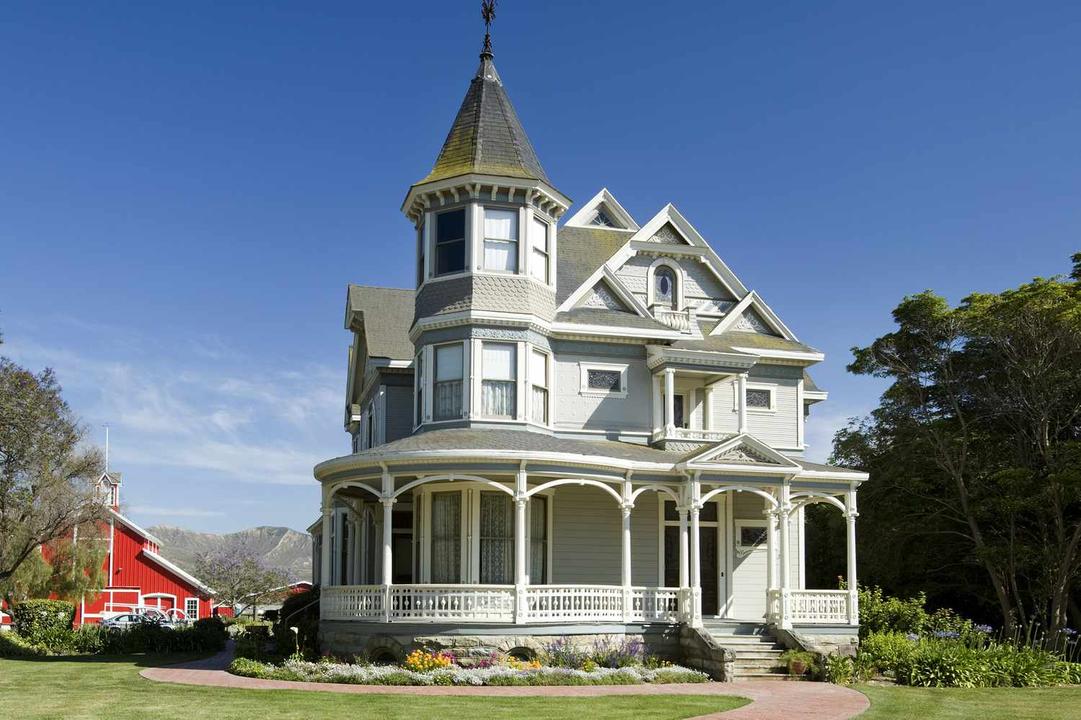
The “Cult of Mourning” deeply marked Victorian society. Elaborate mourning rituals were common. People took photographs of dead relatives, wore strict mourning dress codes, and made art or jewelry from the hair or teeth of the deceased. Queen Victoria’s personal grief after Prince Albert’s death amplified this mood. She wore black mourning clothes for life and withdrew from public appearances for decades. This intense focus on death and mourning shaped the era’s public identity.
High mortality rates also contributed. Many people died young from diseases exacerbated by poor living conditions. The Victorian fascination with ghosts, seances, and spiritualism reflected a society trying to understand and cope with death regularly. This obsession with the supernatural and the macabre is a credible source of the era’s somber cultural image.
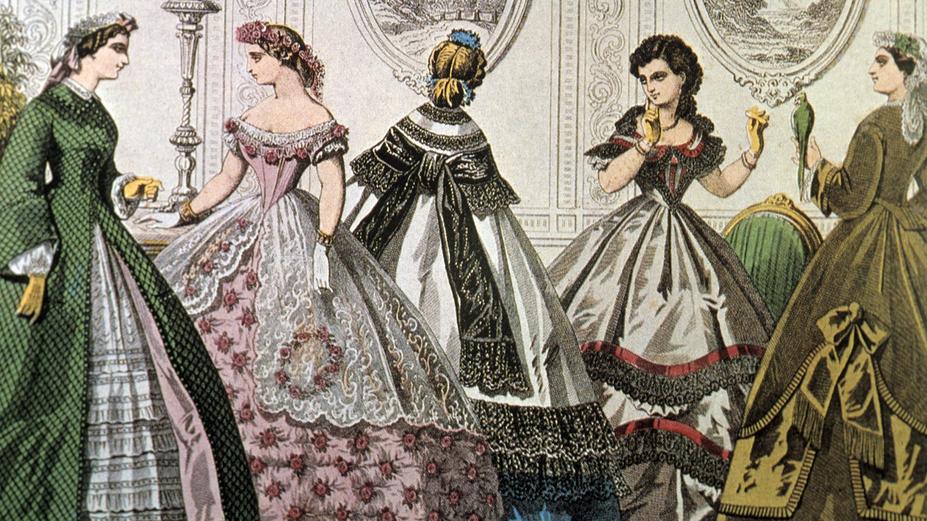
The Victorian period witnessed stark socio-economic disparities during the Industrial Revolution. While Britain prospered globally as an imperial power, many faced poverty and brutal working conditions locally. Harsh factory labor laws, overcrowded housing, and inadequate sanitation led to suffering for the working class. Urban centers like London were overcrowded and polluted, with poor air quality and frequent epidemics. Rats, horse manure, and sewage clogged streets, creating physically dark and grimy environments. These living conditions make Victorian cities an ideal backdrop for dark narratives in fiction and media.
- London in particular was bleak; its doubling population worsened sanitation problems.
- Pollution from coal burning thickened fogs, decreasing visibility and casting an eerie atmosphere.
- Window taxes led many buildings to have bricked-up windows, reducing natural light inside homes.
The era’s association with true crime contributes to its dark image. Jack the Ripper’s notorious crimes in 1888 helped cement Victorian London as an environment of mystery and horror. His headline-making murders introduced the concept of a celebrity serial killer, inspiring a long legacy of obsession with Victorian crime in pop culture.
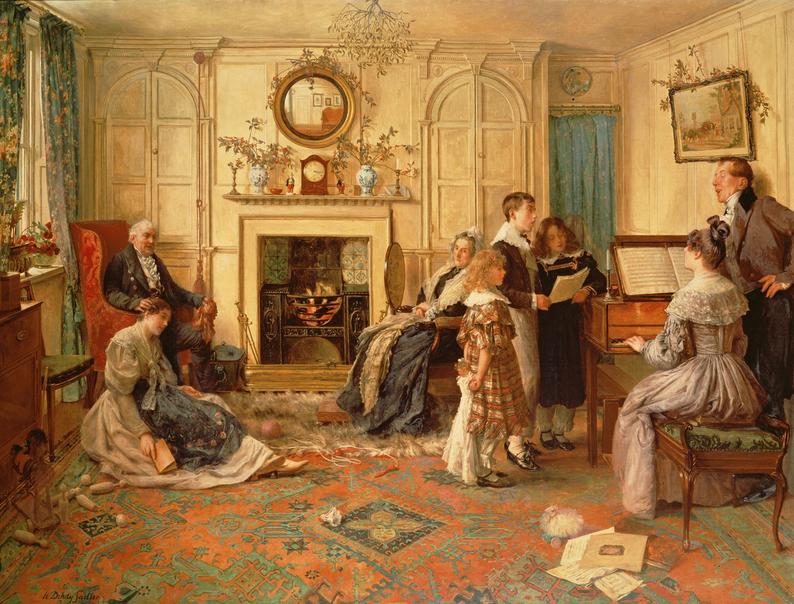
Victorian Gothic literature significantly shapes modern portrayals of the era. Writers like Mary Shelley, Bram Stoker, and Robert Louis Stevenson produced iconic works blending horror, romance, and psychological darkness. This literary tradition of “Gothic Revival” art, architecture, and fashion reflects and exaggerates Victorian anxieties and fears. The sensationalism of “Penny Dreadfuls” — cheap, serialized horror stories — also helped create a template for the era’s portrayal in media as macabre and fantastical.
Today’s media draws heavily on these gothic motifs rather than strict historical accuracy. Victorian settings evoke an “antique and occult” aesthetic that suits fantasy and horror genres well. Gas lighting and foggy London streets create dramatic visual scenes full of shadows and mystery. Many movies and games emphasize the era’s social repression and hidden vices as a way to highlight its moral contradictions. The Victorians’ prim public persona contrasts with the dark, grim realities beneath the surface, a tension that media often explores.
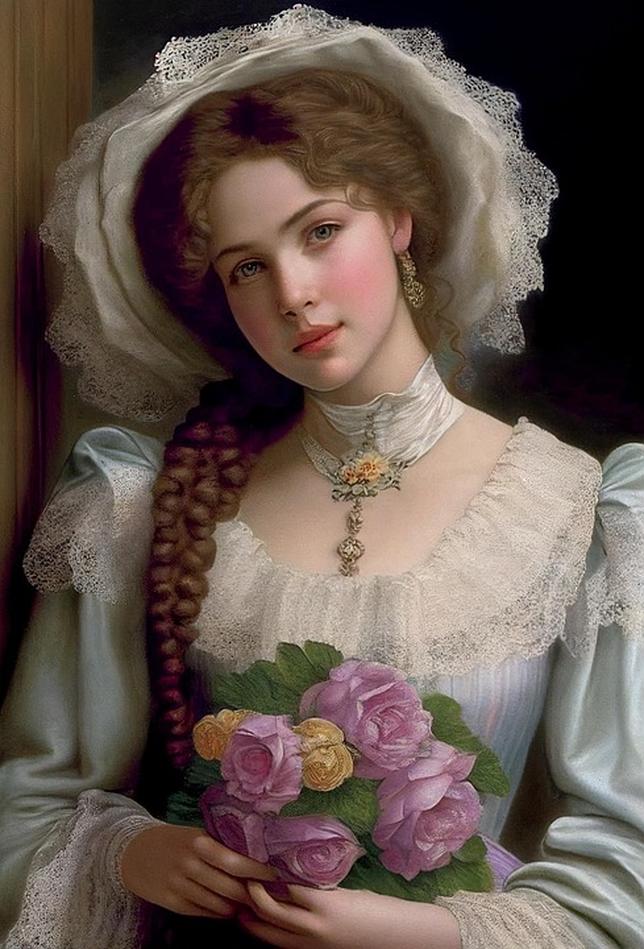
Intellectual movements like Romanticism opposed Enlightenment rationalism, emphasizing the supernatural and mystical. This cultural shift encouraged fascination with the eerie and unknown. Rapid social and technological changes created uncertainty and fear in Victorian society, fueling interest in the occult and Gothic imagery. Urbanization and industrialization added complexity and chaos to city life, making Victorian London a rich source for gripping, shadowy storytelling.
| Key Aspect | Explanation |
|---|---|
| Cult of Mourning | Elaborate death rituals and Queen Victoria’s lifelong mourning established a somber cultural tone. |
| Poverty & Urban Conditions | Overcrowding, pollution, poor sanitation, and harsh factory life created harsh, bleak environments. |
| True Crime | Notorious crimes like Jack the Ripper inspired dark fascination and criminal mythos. |
| Gothic Literature | Classic horror and Gothic novels established a lasting dark aesthetic. |
| Aesthetic Choices | Media emphasizes shadows, fog, gaslight, and repression for atmosphere and visual impact. |
Victorian-themed media also caters to popular interest in the gothic and macabre. The use of Victorian settings in fantasy horror is often an artistic choice, blending historical elements with stylized gothic motifs. This dramatization highlights the era’s contradictions, making it endlessly intriguing.
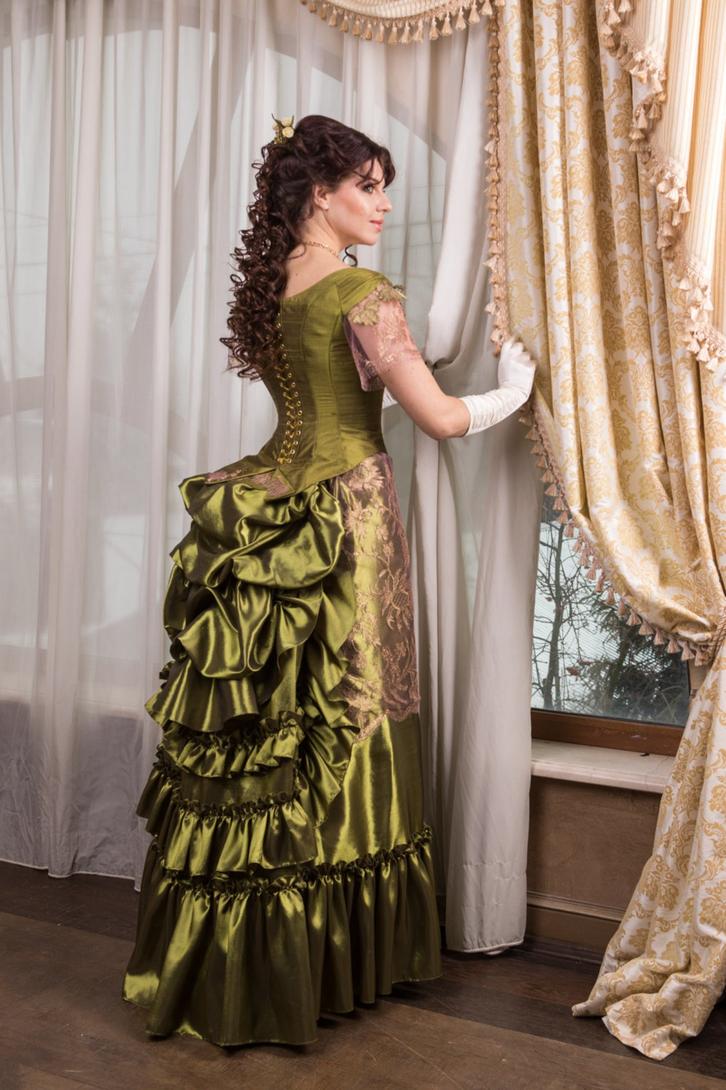
- The Victorian focus on death and mourning supplied cultural depth for macabre themes.
- Socio-economic hardships and industrialization made cities dark, crowded, and dirty.
- True crime and gothic literature shaped popular narratives and dark imagery.
- Visual elements like gas lighting and fog contribute to the eerie atmosphere.
- Modern media uses Victorian settings to explore repression, mystery, and the supernatural.
Why is the Victorian Era Always Depicted as Dark and Macabre in Movies, TV Shows, and Games?
The Victorian era’s portrayal in popular media as a dark, gloomy, and macabre period is no accident—it’s a complex blend of real historical context, cultural phenomena, aesthetic choices, and literary influence. If you’re scratching your head wondering why so many films, shows, and games set in Victorian times exude shadows, fog, and eerie whispers, buckle up. We’re diving into the murky fog of 19th-century Britain to find out what fuels this visually stunning yet grim depiction.
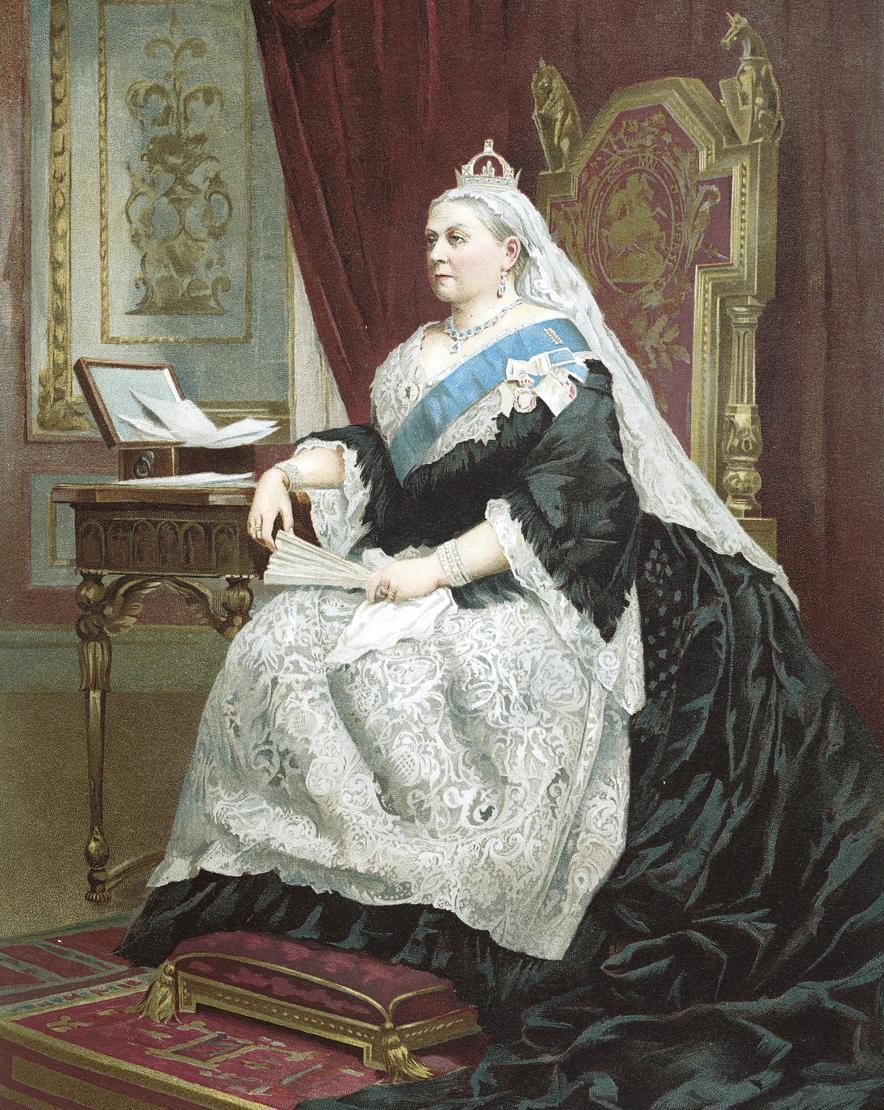
At first glance, you might assume Hollywood loves the Victorian age because of its old-fashioned costumes or spooky castles. Peek behind the curtain, and you’ll see layers of Victorian mourning customs, stark social realities, gothic literature, plus environmental gloom all merging to paint that unforgettable picture.
The Cult of Mourning: When Death Becomes an Obsession
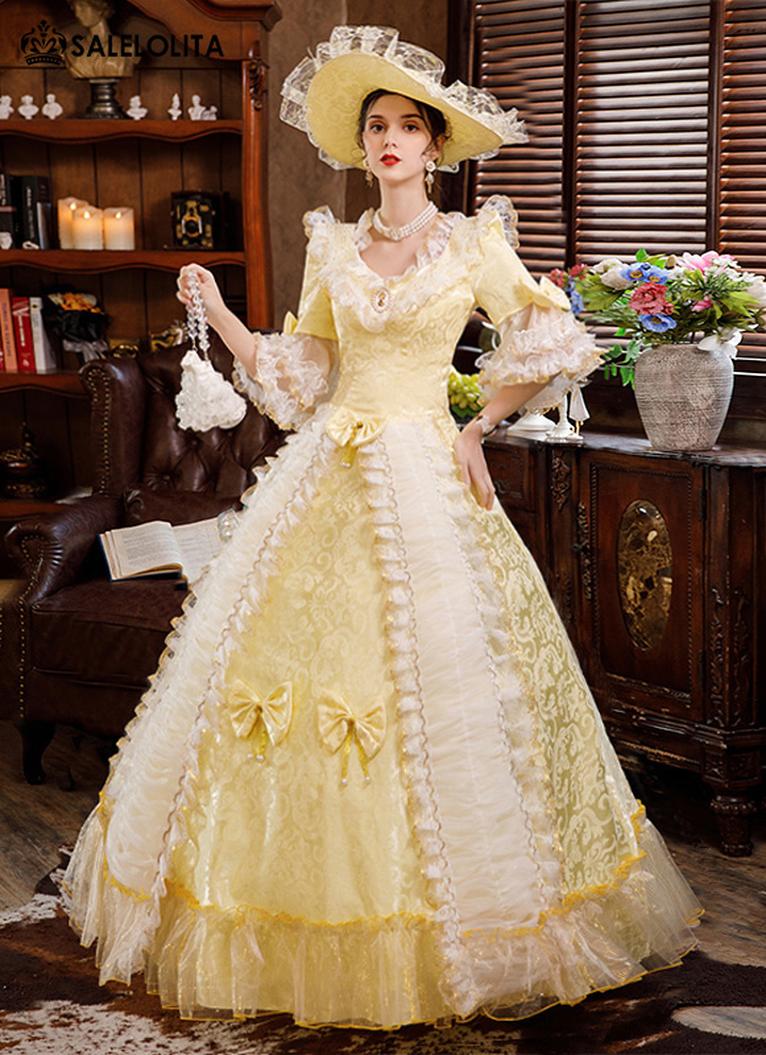
Victorians didn’t exactly sit around ignoring death. Quite the opposite—they built a whole culture around it that feels intense even today. This “Cult of Mourning” involved elaborate mourning rituals far beyond today’s typical gatherings.
- Families took photos of deceased loved ones, a practice called post-mortem photography.
- Crafts made from hair and even teeth of the dead were common keepsakes.
- Deep mourning dress codes ran society—from Queen Victoria herself, who famously wore black for decades after Prince Albert died.
Queen Victoria’s tragic loss of Prince Albert in 1861 marked a dramatic cultural shift. She plunged into perpetual mourning, setting a somber tone that rippled throughout Britain. Her wardrobe choices were more than fashion statements—they symbolized national grief. This spectacle of sorrow shaped public rituals and kept death’s shadow looming over the era.
High mortality rates back then added to the grimness. Disease, poor medical care, and industrial accidents meant people died young and often. Fascination with ghosts and spiritualism further fed the Victorian appetite for the supernatural and unexplainable.
Dark Realities: Socio-economic Hardships and Urban Struggles
Beyond mourning, the era’s social conditions cast deep shadows. The Industrial Revolution may have brought prosperity to some but left millions trapped in misery.
- Factories exploited workers—children included—with brutal hours and little pay. Laws had to be passed just to limit work hours.
- Many lived in overcrowded slums without sewer systems. Diseases like cholera spread quickly, shortening life expectancy.
- Poverty was rampant; workhouses offered grim alternatives, sometimes forcing children to grind horse hooves for glue. Hunger was so severe that people scavenged rotting flesh.
- London itself was a foggy, polluted mess, choked with coal smoke and horse manure, earning a reputation as a bleak, shadowy city.
Wars and colonial exploitation added to societal tension while the British Empire’s global reach amplified the weight of this dark legacy. It wasn’t all ribbon-tied parlor tea parties—daily life was often hard, grim, and desperate.
The Birth of True Crime Fascination: Jack the Ripper’s Infamous Stain
Enter Jack the Ripper, infamous serial killer of 1888. But why does a Victorian-era murderer matter so much to the cultural image of the time? Because he helped cement that notion of Victorian London as a place of lurking evil and unsolved horrors.
Jack the Ripper was one of the first celebrity serial killers. His grisly crimes, sensationalized by the burgeoning press, captured public imagination and fear. The era’s taste for “Penny Dreadfuls”—cheap horror literature—mixed real crime with fiction, further embedding darkness in the popular imagination.
Pollution, Fog, and the Urban Landscape: Visual Gloom and Gaslight Shadows
If you think environmental conditions sound boring compared to murder or mourning, think again. Victorian London’s physical atmosphere added to its eerie allure.
- Burning coal filled the air with dense smog.
- Sanitation was primitive; streets were strewn with horse manure and human waste.
- The famous “pea soup fog” blended with coal smoke, reducing visibility to near zero.
- Gas lighting, a newfangled invention at the time, cast flickering, ominous shadows that amplified the city’s sinister feel.
- Window tax forced many to brick up windows, literally darkening homes and buildings.
The result? Streets, alleyways, and homes were often dim and gloomy, burdened with shadows. This visual reality effortlessly translates to the dark aesthetic familiar in Ravenloft-style games or detective dramas.
The Power of Gothic Literature and Art: Victorian Creativity’s Shadowy Twin
The Victorians didn’t just live in a gloomy world; they created stories and art that thrived on darkness and the macabre. This creative legacy heavily influences how media portrays the era.
- Classic gothic novels were often penned or popularized during the Victorian era. Think Frankenstein, Dracula, Jekyll and Hyde.
- The “Gothic Revival” brought medieval-inspired architecture and fashion back into vogue, mixing old-style darkness with Victorian modernity.
- Literature by Edgar Allan Poe and dark carnivals of “Penny Dreadful” papers fed the Victorian fascination with ghost stories and horror.
Modern media tend to lean heavily on these gothic tropes when depicting the period. Shows like Penny Dreadful or games like Bloodborne build on the Victorian gothic aesthetic rather than strict historical accuracy. Often, the Victorian era serves as a convenient backdrop for fantasy and horror — a canvas naturally suited for shadows and secrets.
Theatrical Choices and Modern Morality: Why Consumers Crave Dark Victorian Stories
You might wonder why filmmakers and game designers are so obsessed with portraying Victorian England as dark and sinister when, historically, much of it was “normal” life. The answer lies partly in entertainment goals and cultural resonance.
The Victorian era’s strict social codes, repression, and prudishness clash dramatically with our modern more liberal attitudes. American and British audiences find something fascinating in the era’s hidden hypocrisies and buried secrets. Showing the underbelly — the crime, the death, the supernatural intrigue — exposes the society’s contradictions and intrigues contemporary viewers.
This contrast provides drama and tension. So, Victorian darkness is not only a nod to historical facts but a storytelling tool, an easy shortcut to evoke intrigue and mood.
Intellectual Currents and Romanticism: Embracing Mystery Amid Progress
The Victorian age was not just grim—it was a time of rapid change with conflicting ideals. The Enlightenment’s focus on reason met resistance in the form of Romanticism, which favored the mysterious and supernatural.
- The occult revival and fascination with alchemy embraced things modern science rejected.
- Intellectual movements fostered interest in the irrational and the eerie, inspiring writers and artists alike.
- This cultural bedrock gave rise to a deep gothic sensibility that permeates how Victorian times are evoked today.
Thus, the political and social upheaval of the era paradoxically nurtured a love for the mysterious and macabre, complementing the era’s gloomy imagery.
Overwhelming Urban Life: The City as an Inhuman Monster
Think about Victorian London not just as a physical location but as an entity unto itself—loud, noisy, sprawling, and overwhelming. Writers of the time often described it as unknowable and even hostile to its inhabitants.
Without a modern sewage system, diseases were rampant. The streets’ unbearable filth made life precarious, particularly for the poor. Worst of all? The average life expectancy for working-class men was around 25 years.
Such brutal conditions fed the era’s dark reputation and gave artists plenty of real material to draw on when painting the city as a nightmarish stage full of secrets and shadows.
Finally, Why is the Victorian Era SO Popular for Dark Media?
It boils down to a mix of factors:
- Authentic historical grimness: Death rituals, disease, poverty, and repression were very real.
- Cultural legacy: Gothic literature, spiritualism, and the occult shaped lasting imagery.
- Urban atmosphere: Pollution, gaslight, and London’s foggy streets provide perfect moody settings.
- Human fascination: Jack the Ripper and true crime ignited lifelong obsessions.
- Creative license: The era’s repression and strict social order inspire stories about hidden darkness and hypocrisy.
- Entertainment appeal: Dark, brooding tales sell well—audiences love that mix of creepy and classy.
This intersection of real tragedy, social upheaval, eerie aesthetics, and literary inspiration creates a vivid palette that filmmakers, TV producers, and game designers can’t help but exploit.
What Can You Take Away from This?
When you watch a Victorian-themed show or play a gothic horror game set in London, remember the shadows aren’t just dramatic flair. They root in real Victorian fears, hopes, and struggles. They reflect a society wrestling with death, progress, and identity.
Next time you see a ghost lurking in a Victorian alley, or a foggy gaslamp street scene, you’re glimpsing layers of history and cultural memory as much as fiction.
So, why is the Victorian era always dark and macabre in media? Because the era itself *embraced* darkness in many ways—and modern storytellers just keep that legacy alive, wrapped in black lace and eerie gaslight.
